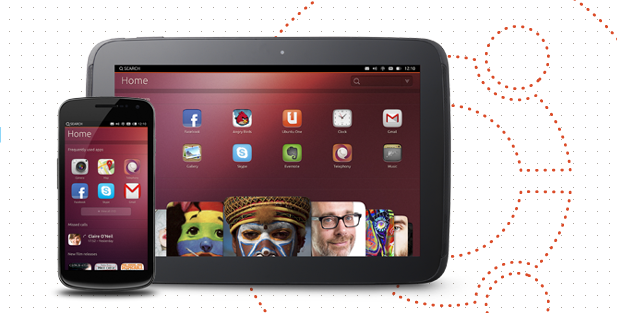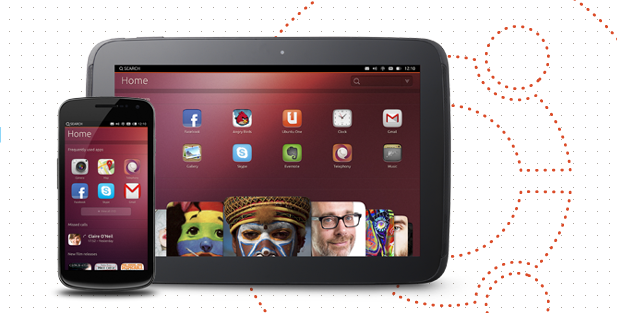![]()
Welcome to the Ubuntu Weekly Newsletter. This is issue #308 for the week March 11 – 17, 2013, and the full version is available here.
In this issue we cover:
- 13.04 (Raring Ringtail) Beta 1 Released!
- Ubuntu GNOME is approved as an official flavour
- Ubuntu Stats
- LoCo Team Portal Improvements Released
- And There Was Jam
- Robert Ancell: More information on Mir
- Michael Hall: Ubuntu SDK Apps are coming
- Michael Hall: Coming Soon: Unity 7
- Nicholas Skaggs: Kick-starting quality for Ubuntu Touch
- Christopher James Halse Rogers: Mir and YOU!
- Jono Bacon: Refining and Improving Virtual UDS
- Elizabeth Krumbach: You can help the Ubuntu Weekly Newsletter!
- Barneedhar: Unity Tweak Tool is now in the Raring repository!
- Announcing the Next Ubuntu Hug Day!
- Canonical and Dell expand joint PowerEdge Server engineering and support
- Ubuntu Linux developer squabbles go public
- Ubuntu Display Server Fallout
- Ubuntu 13.04 Updates Nautilus, Update Tool Icons
- Other Articles of Interest
- Featured Audio and Video
- Weekly Ubuntu Development Team Meetings
- Monthly Team Reports: February 2013
- Upcoming Meetings and Events
- Updates and Security for 8.04, 10.04, 11.10, 12.04 and 12.10
- And much more!
The issue of The Ubuntu Weekly Newsletter is brought to you by:
- Elizabeth Krumbach
- Vibhav Pant
- David Morfin
- Caleb Majeski
- Javier Lopez
- Matt Rudge
- And many others
If you have a story idea for the Weekly Newsletter, join the Ubuntu News Team mailing list and submit it. Ideas can also be added to the wiki!
![]() Except where otherwise noted, content in this issue is licensed under a Creative Commons Attribution 3.0 License BY SA Creative Commons License
Except where otherwise noted, content in this issue is licensed under a Creative Commons Attribution 3.0 License BY SA Creative Commons License

